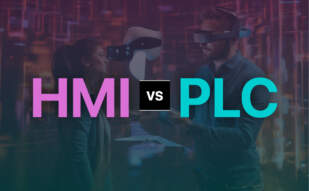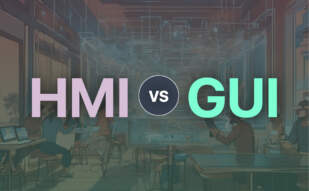For industrial process control, HMI reigns supreme with its expansive use cases, data visualization capabilities and adaptability to emerging technologies like AR/VR. However, for hardware development and specialized applications, like high-temperature resistance and wear-resistant tools, Tungsten’s unique properties make it the preferred choice.
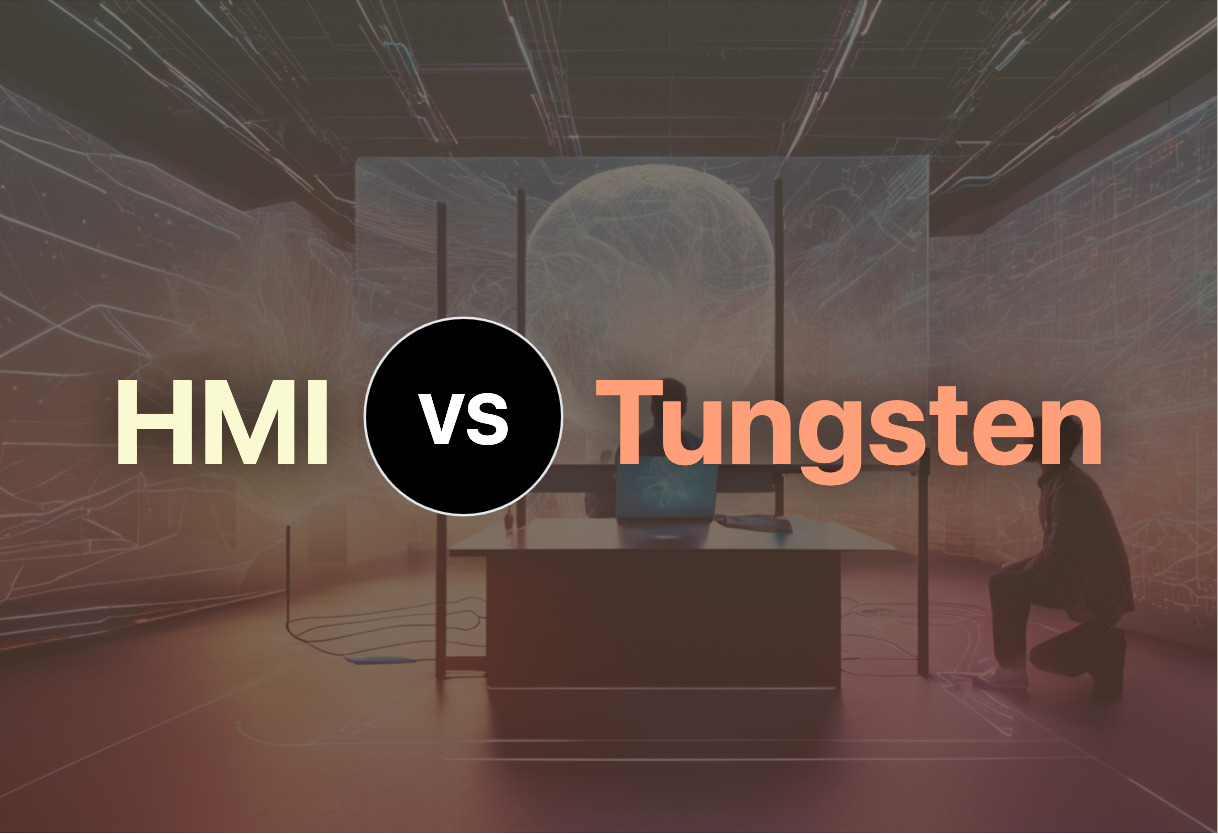
Key Differences Between HMI and Tungsten
- Application Field: HMI largely serves industrial and digital fields, Tungsten is key in mechanical and high-density applications.
- Modern Interface: HMI is evolving with AR/VR technologies, Tungsten has less interaction with these domains.
- Hardware vs Software: HMI is software-centric, Tungsten is a physical element employed in hardware manufacturing.
- End-Users: HMI primarily targets system operators, engineers; Tungsten is critical for tool manufacturers, heavy alloys industry.
| Comparison | HMI Technologies | Tungsten Fabric |
|---|---|---|
| Core Function | User interface, connecting humans to machines & systems, often industrial | Cloud networking stack providing connectivity among K8s, VMs and bare metal workloads |
| Operational Usage | Displays data, oversee KPIs, track production time, trends, tags, monitor machine I/O | Manages configuration nodes, control nodes, and analytics nodes, maintains smooth networking |
| Key Collaborators | Operators, system integrators, engineers – especially control system engineers | Collaborates with technology alliances like Red Hat, Mirantis, Canonical, NEC |
| Interfaces | Interfaces with PLCs and I/O sensors for data acquisition and display | Integrates with service provider OSS/BSS |
| Evolution | From touch-screen HMIs to mobile & edge-of-network HMIs, embraces AR and VR technologies | vRouter components, lays on compute nodes of cloud/NFV infrastructures |
| Industry Applications | Energy, food and beverage, manufacturing, oil and gas, power, recycling, transportation, water/wastewater | Tungsten Fabric as a technology, is consumed in cloud infrastructure plans and network function virtualization |
| Scalability | Provides simple monitoring or sophisticated operations based on implementation | Tungsten Fabric maintains a scalable network model |
| Data Collection | Collects data from RTUs, PLCs, and other control devices | Tungsten Fabric collects and analyzes network data |
| Modern Impact | Advanced from CRTs to LEDs influenced by internet and modern technologies | Heavy usage in advanced manufacturing techniques like powder metallurgy, spark plasma sintering, and more |
| Ahead of the Curve | Data from local HMIs sent to the cloud for remote access and analysis | Tungsten’s resistant characteristics allow it to be used in high-stress environments and industries |
What Is HMI/HMI SCADA and Who’s It For?
Human-Machine Interface (HMI)/SCADA (Supervisory Control and Data Acquisition) is a leading technology that facilitates a connection between humans and machines, specifically in industrial spaces. Designed to display data, monitor production and trends, and oversee KPIs, this technology provides a panoramic view of operations, aiding users to make critical decisions. It’s typically used by operators, system integrators, and control system engineers across diverse industries – from energy to recycling, transportation to wastewater.
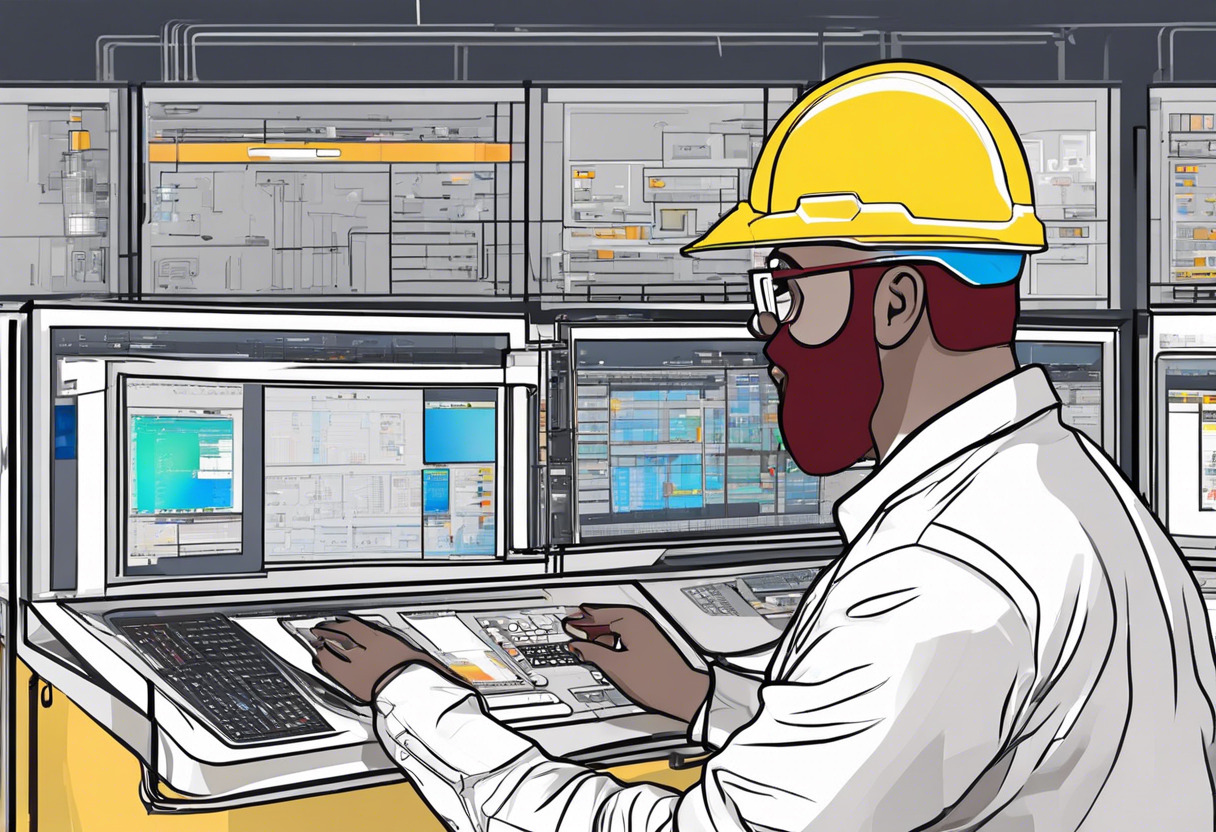
Pros of HMI/HMI SCADA
- Improves industrial processes by digitizing and centralizing data
- Offers remote monitoring and data access capabilities through mobile HMI
- Extends to edge-of-network HMIs, providing data access and visualization from field devices
Cons of HMI/HMI SCADA
- Requires a changed mindset among employees to fully benefit from the technology
- The complexity of implementation may vary
What Is Tungsten Fabric and Who’s It For?
Tungsten Fabric is an advanced technology component, with key roles in networking and data analytics. Catering to orchestration platforms like Kubernetes, OpenShift, and NEC, it’s primarily leveraged by technology corporates for efficient data collection and network modeling. Its vRouter function underscores the value it adds to compute nodes of cloud/NFV infrastructure.

Pros of Tungsten Fabric
- Presents an efficient and scalable method for maintaining network models and states
- Enhances network data collection and analysis
- Cooperates with top technology firms for integrations and advancements
Cons of Tungsten Fabric
- Requires technical expertise for effective utilization
- Limited adoption in certain domains
Decision Time: HMI or Tungsten?
If you’re navigating the technical crossroads between HMI and Tungsten, it’s time to be decisive, and here’s your compass. Based on data-driven insights, we endorse technology choices according to different audience segments:
Control System Engineers
HMI provides engineers extensive control over industrial processes, thanks to its integration with PLCs and SCADA systems. From monitoring temperatures, overseeing KPIs, to rapid alarm resolution, it’s the harbinger of a modern, data-centric industrial era.
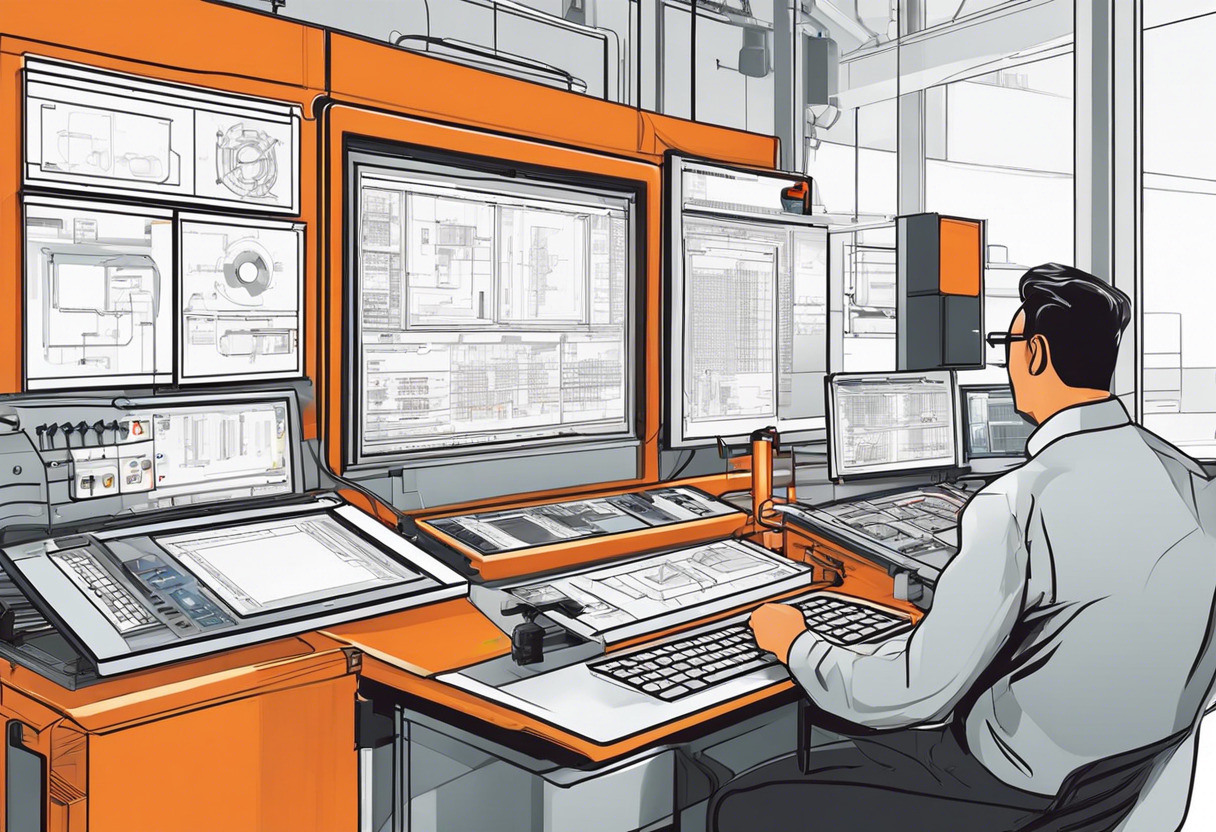
AR/VR Creators
Being at the nexus of AR and VR application development, HMI should be your choice, with being the more exciting prospect in visualisation technology. Its adaptability for mobile and touchscreen control gives your creative potential wings, while also capturing data for remote access and analysis.

Manufacturing Sector
Tungsten‘s strength lies in its robust physical properties, making it vital in manufacturing industries. From powering advanced manufacturing techniques to being a vital component of high-speed steel, Tungsten’s capacities for hardness, heat resistance enhance alloys and superalloys.

HMI vs Tungsten: if you are an engineer seeking control of industrial systems, go with HMI. For AR/VR developers eyeing data visualization, HMI brings greater potential. But for the manufacturing sector, the robust Tungsten stands unrivalled.
Grant Sullivan
Content writer @ Aircada and self proclaimed board game strategist by day, AI developer by night.




